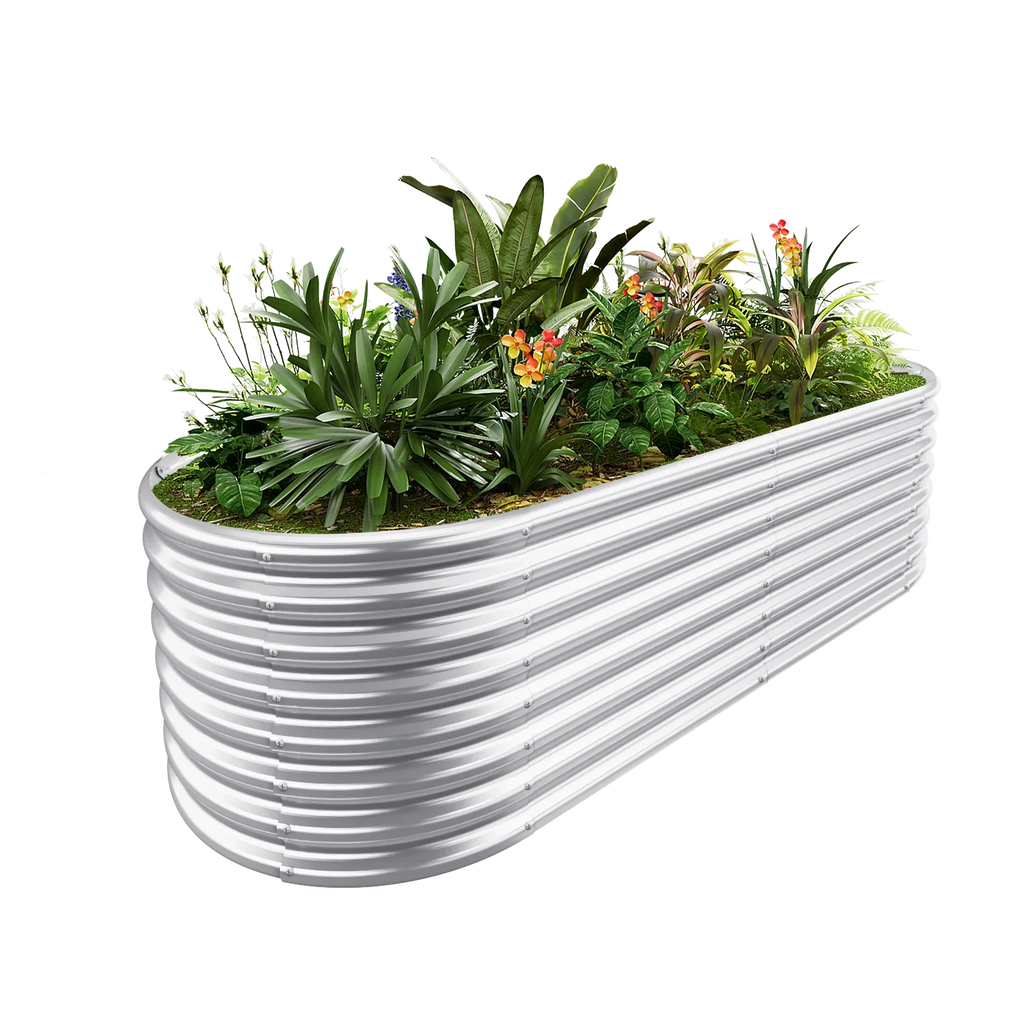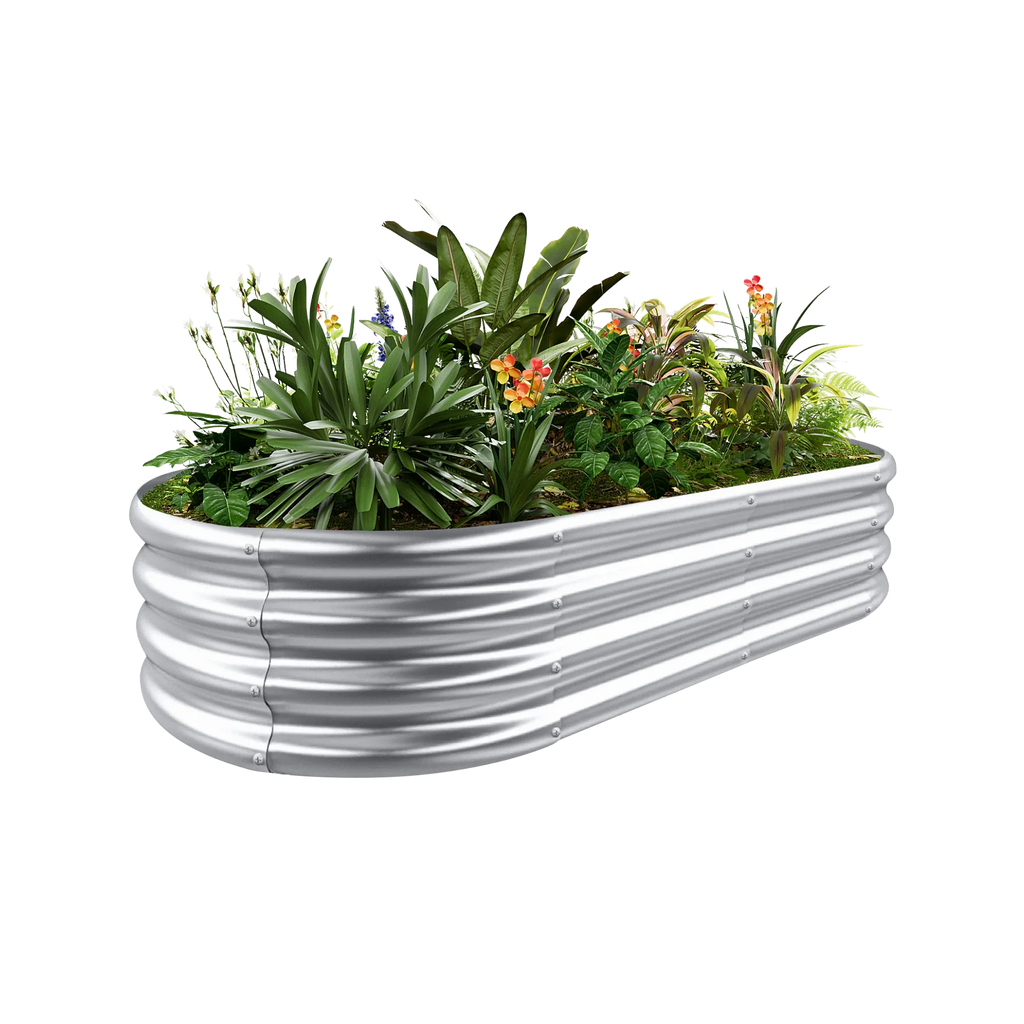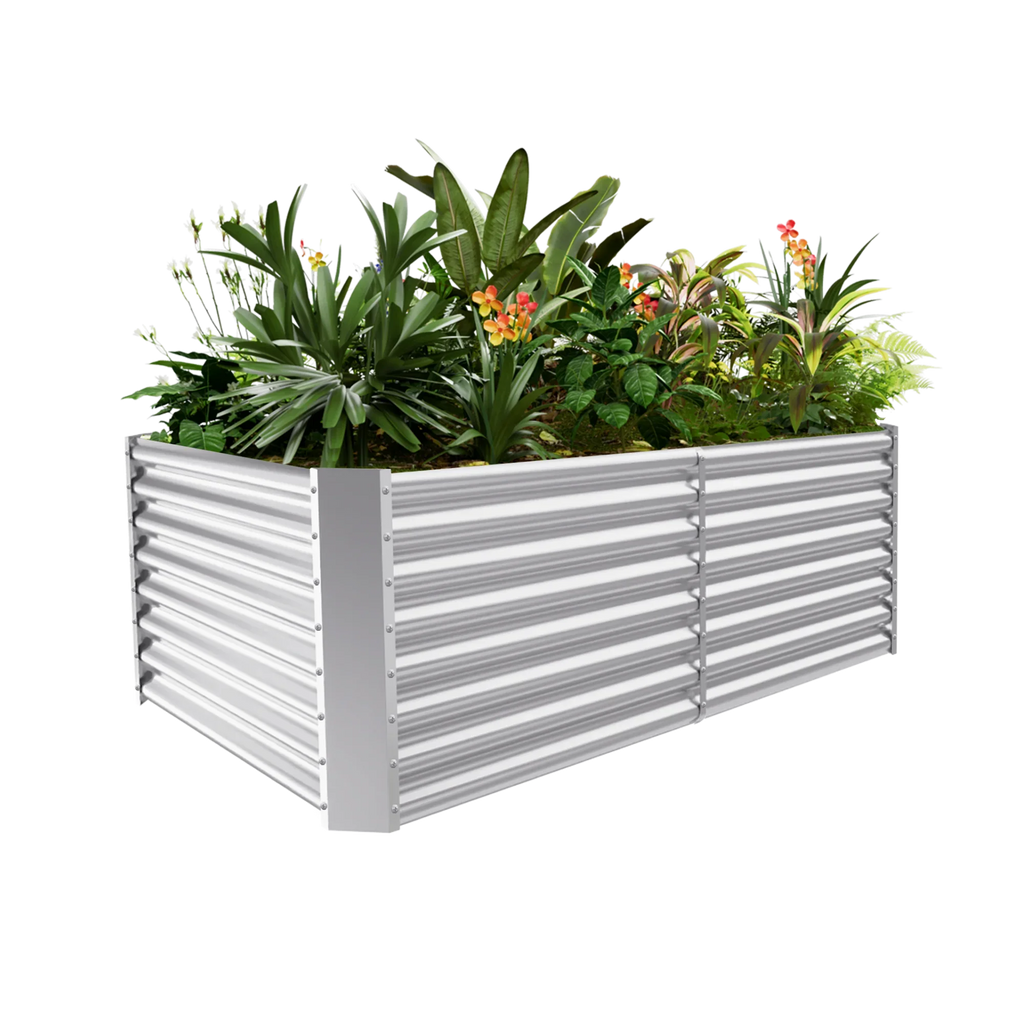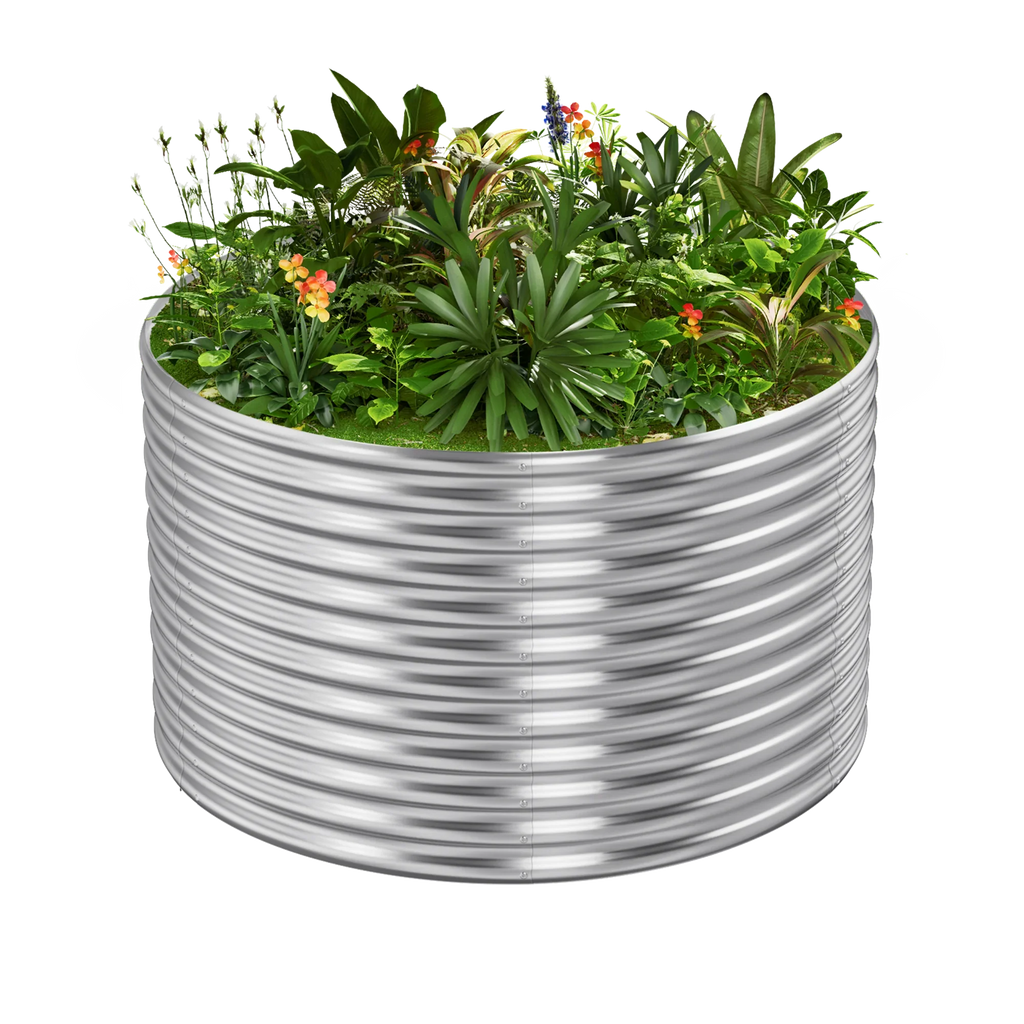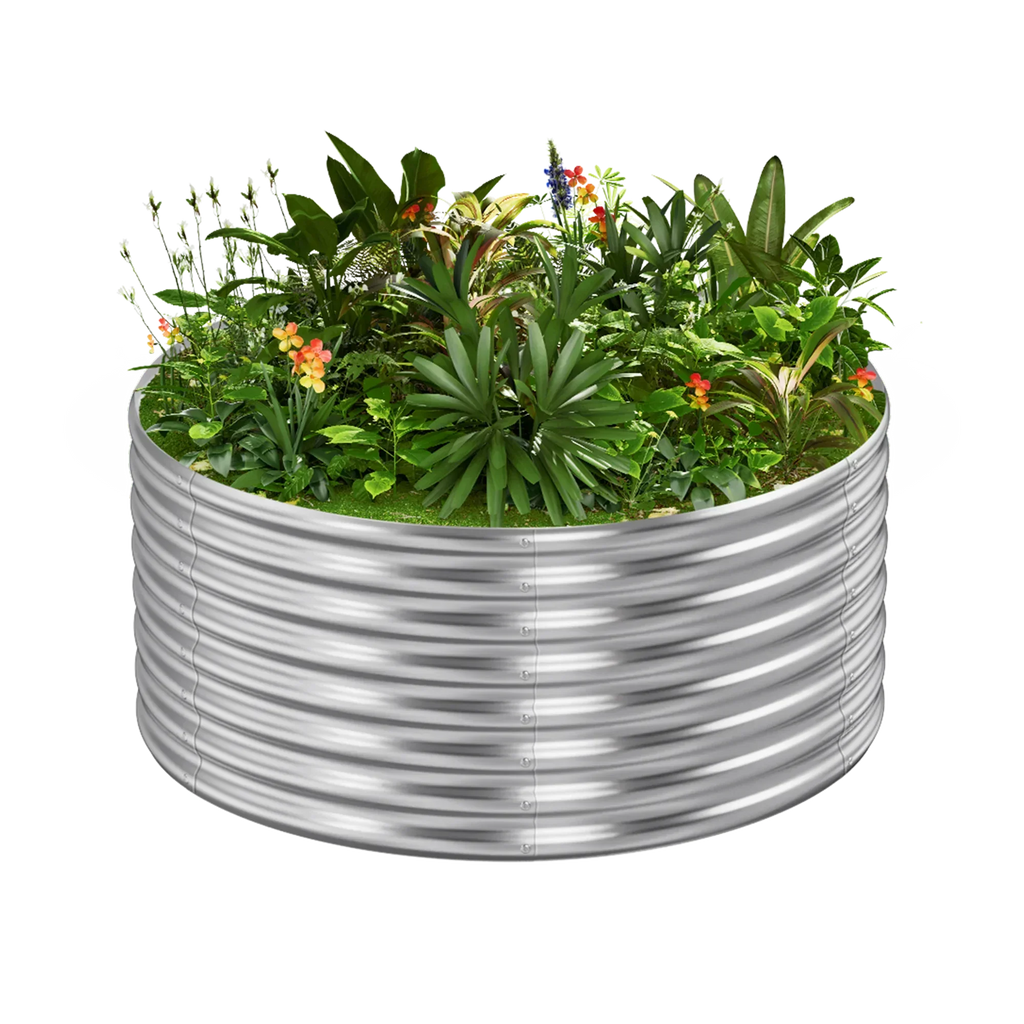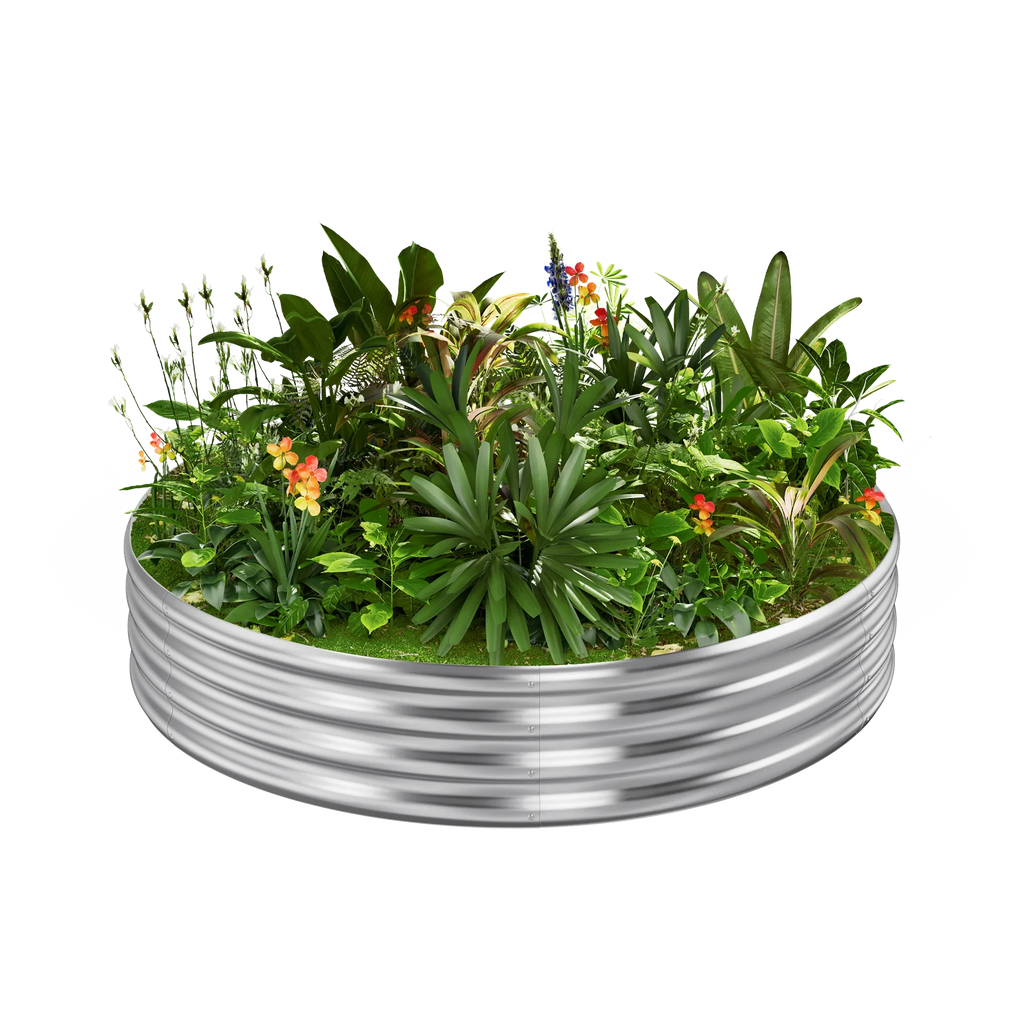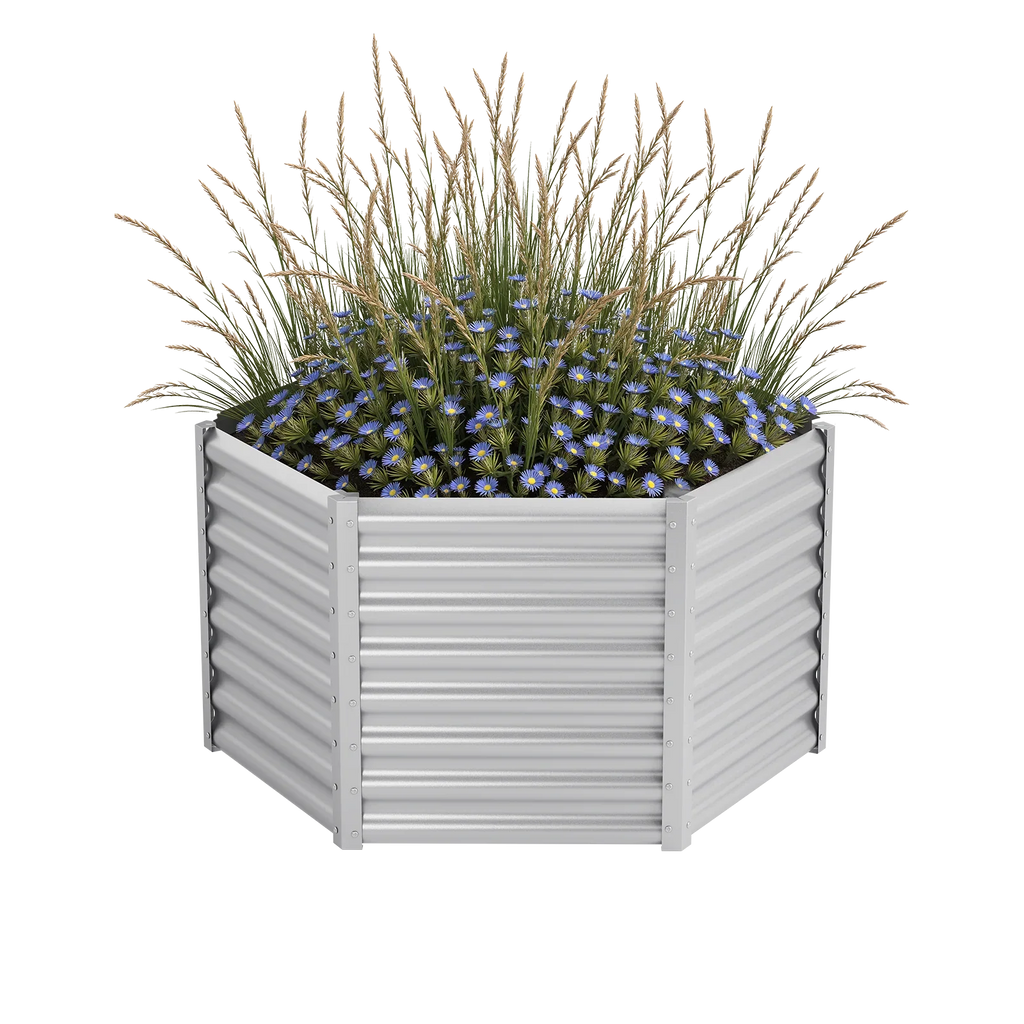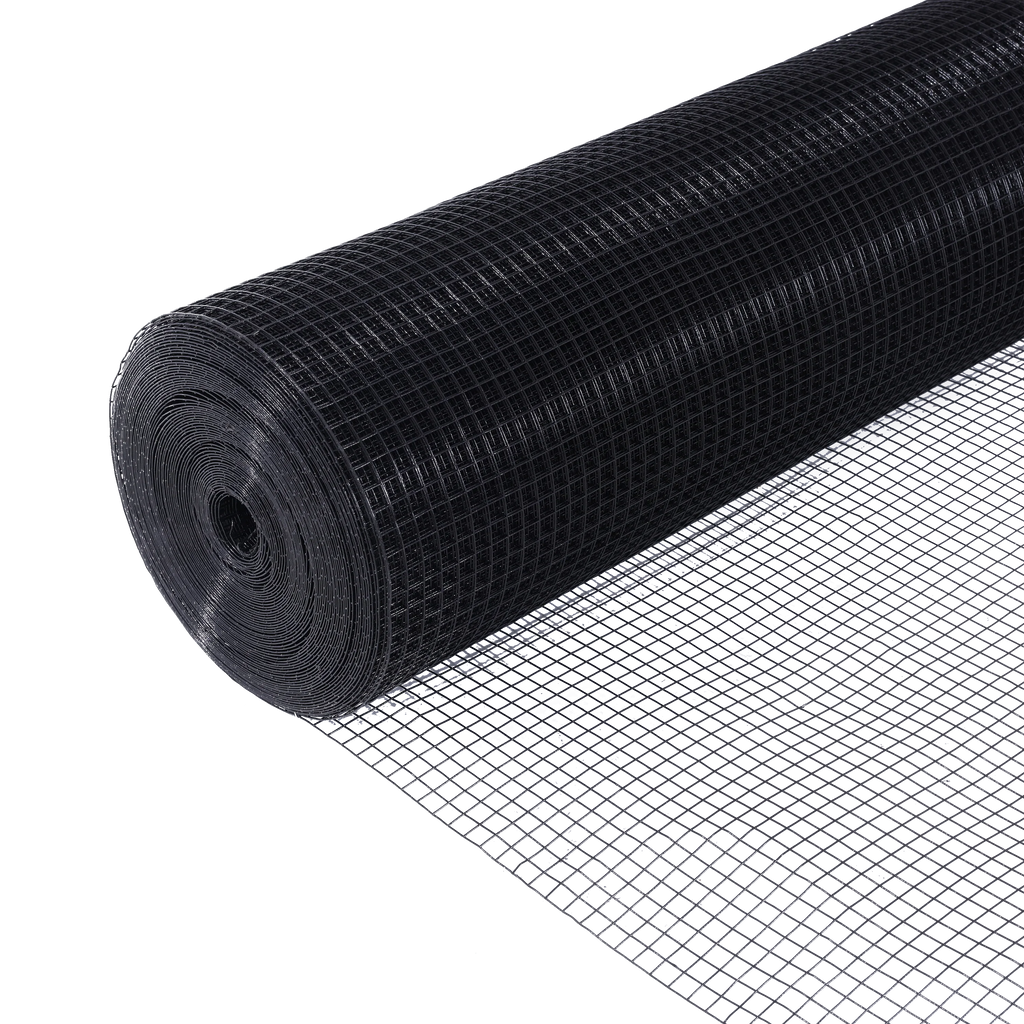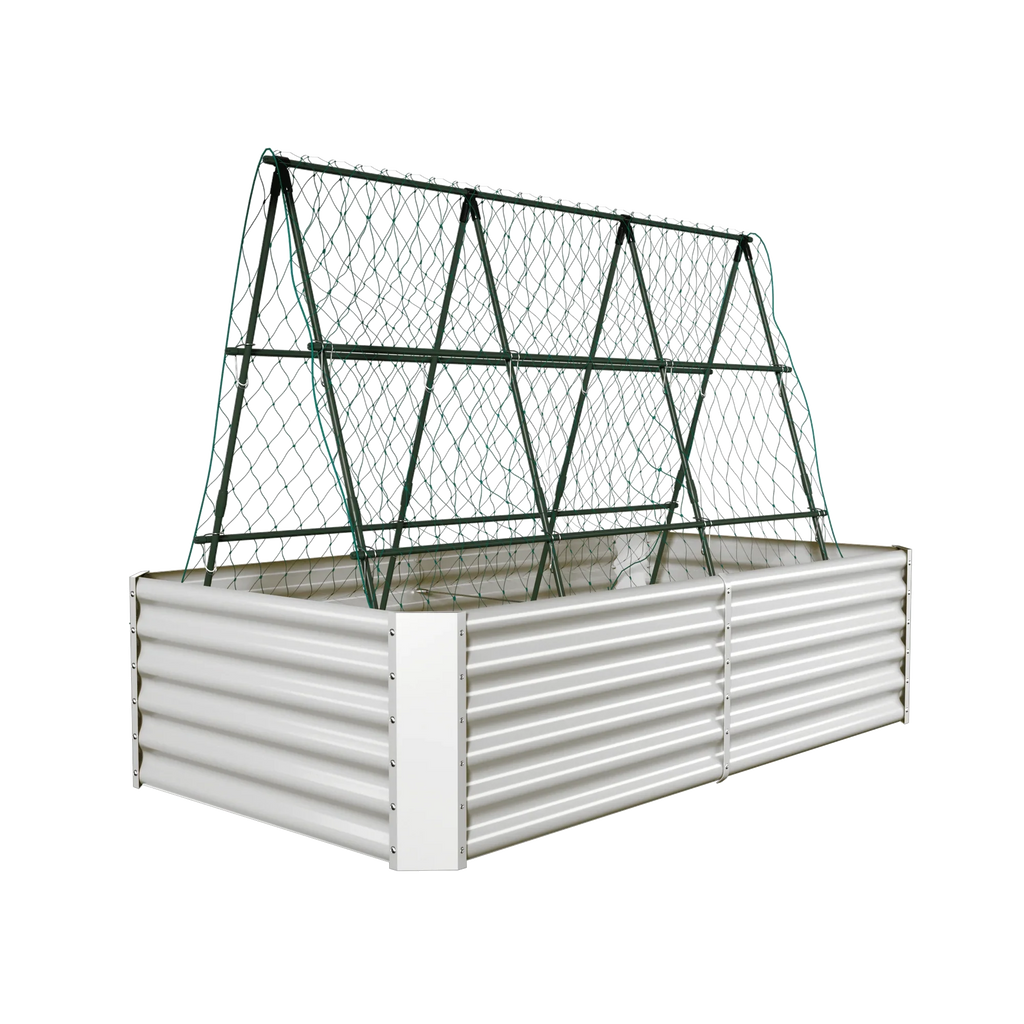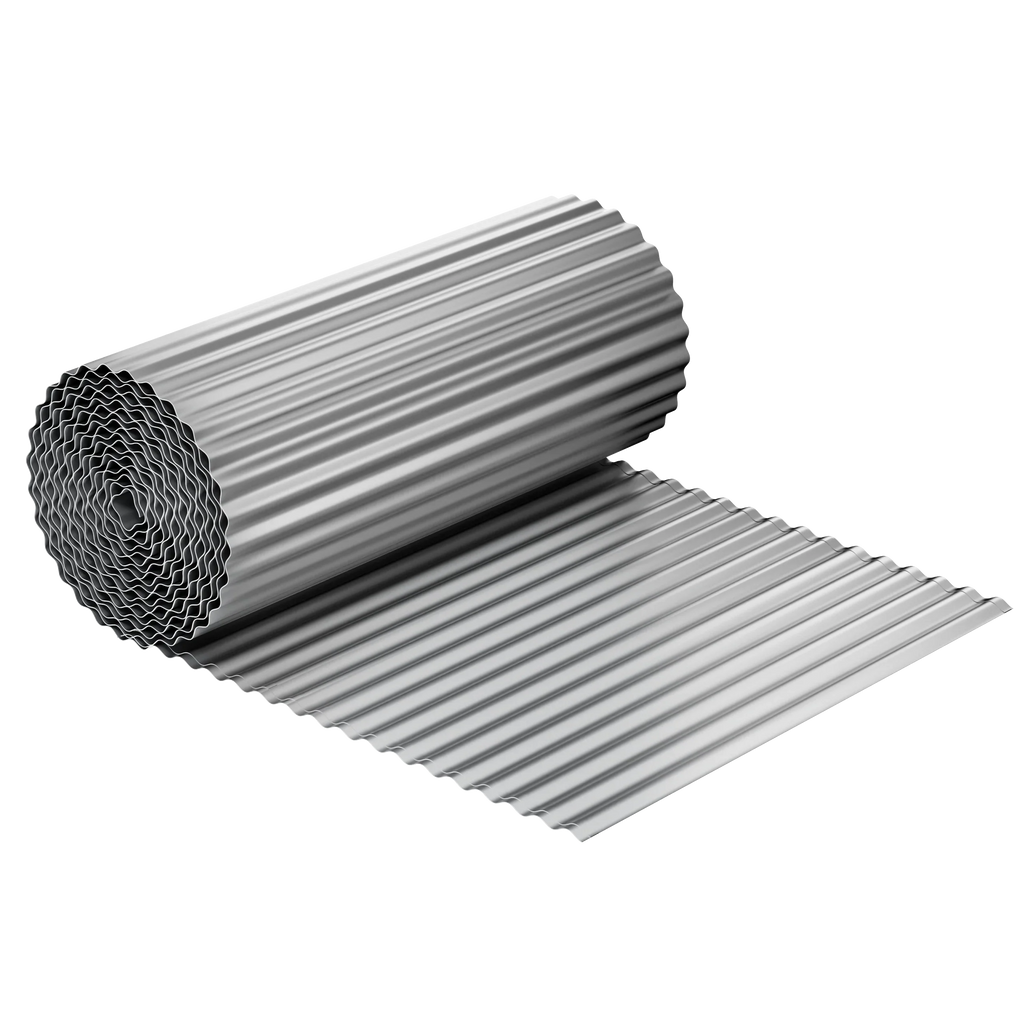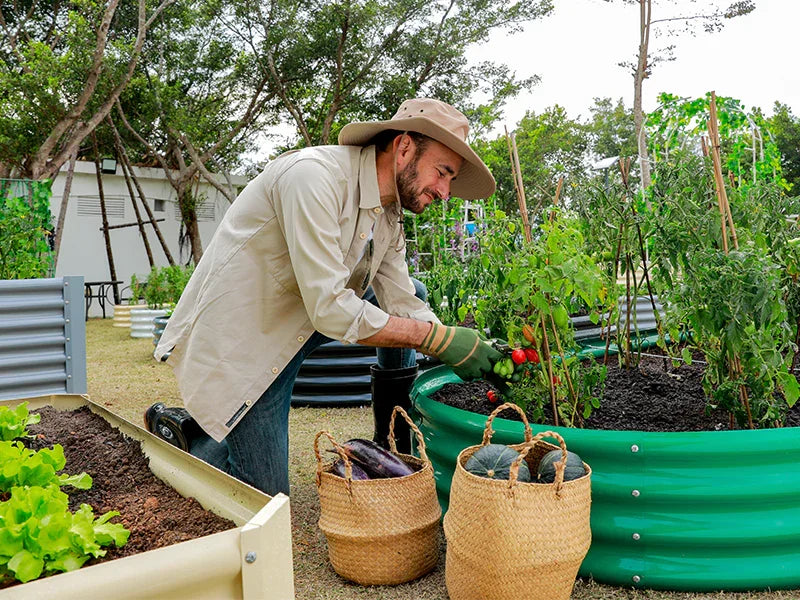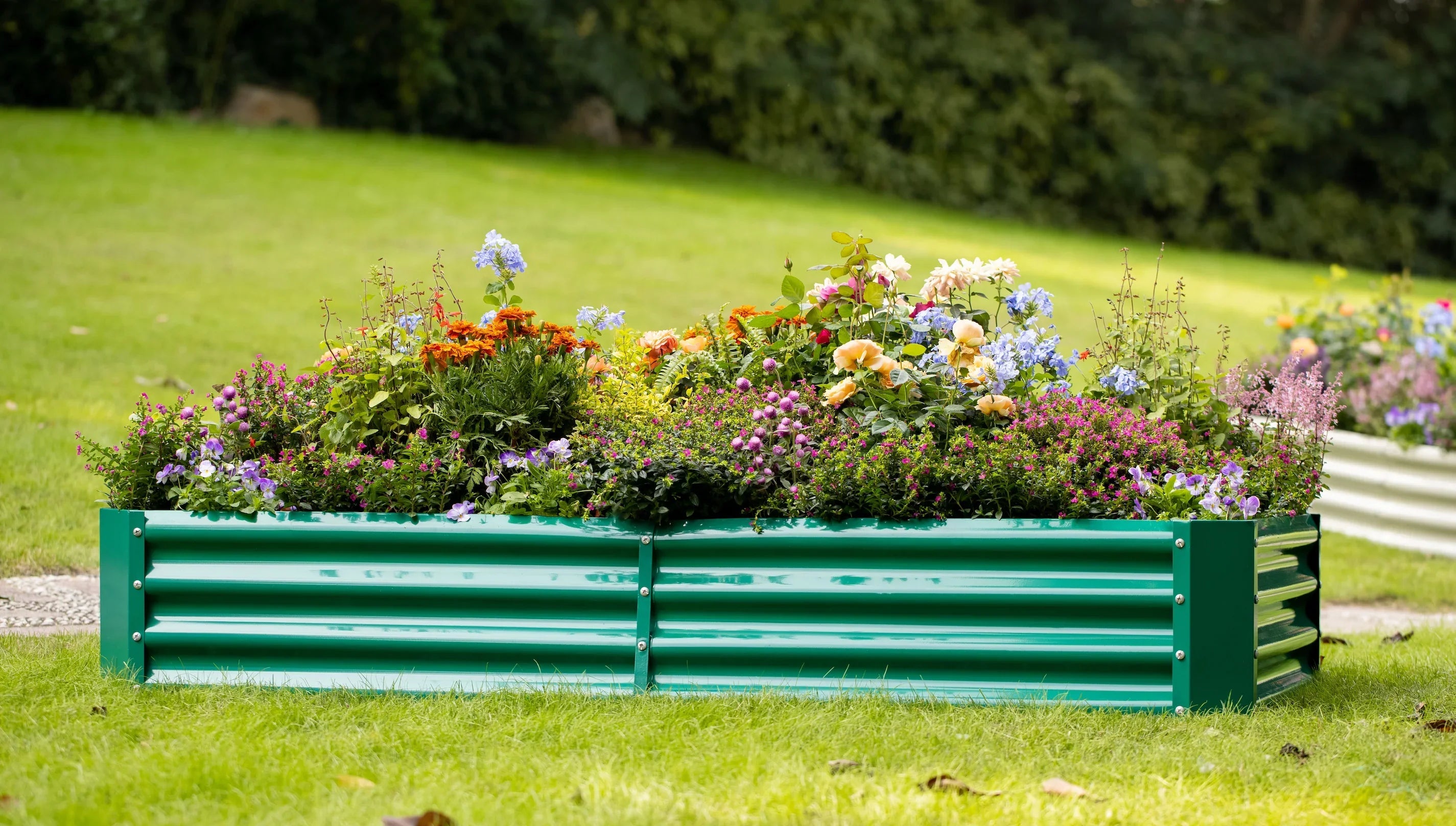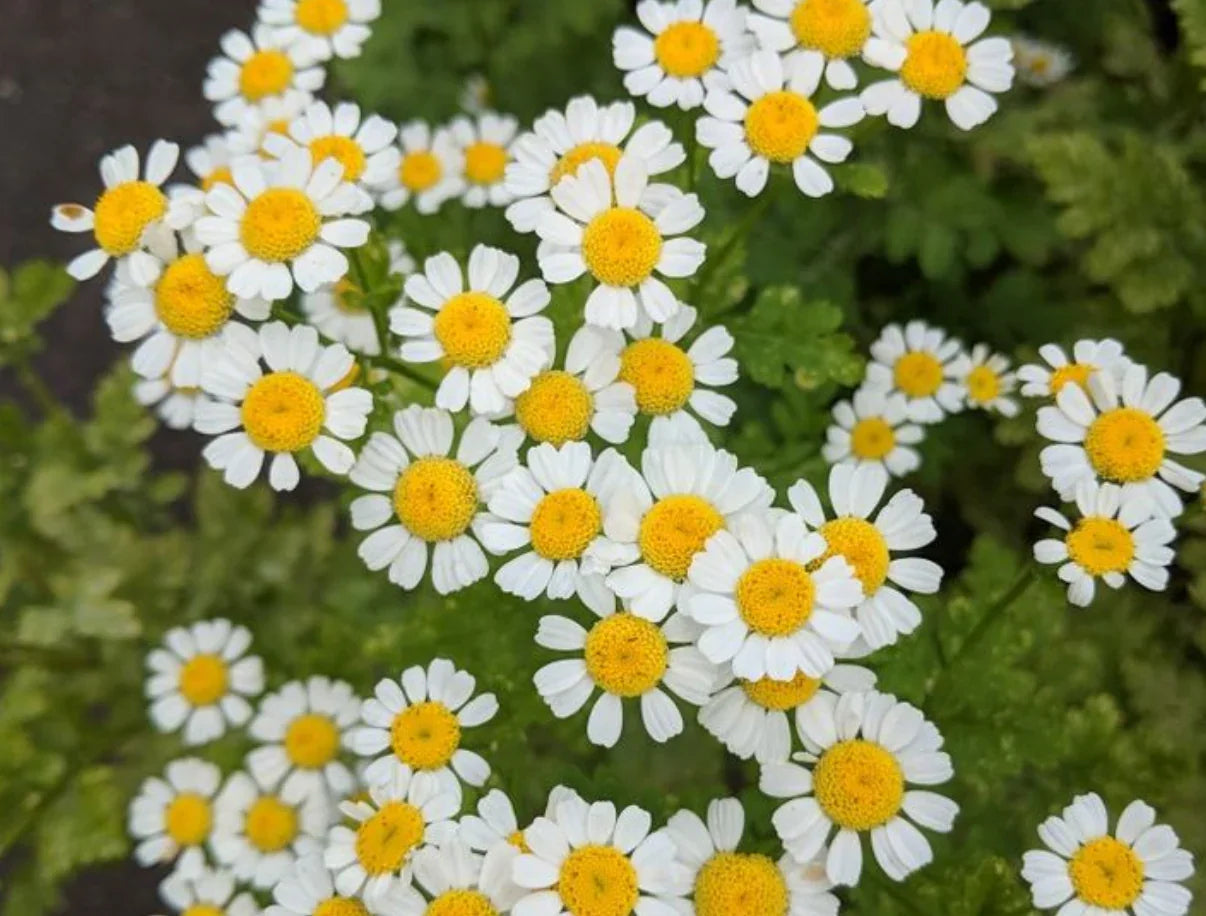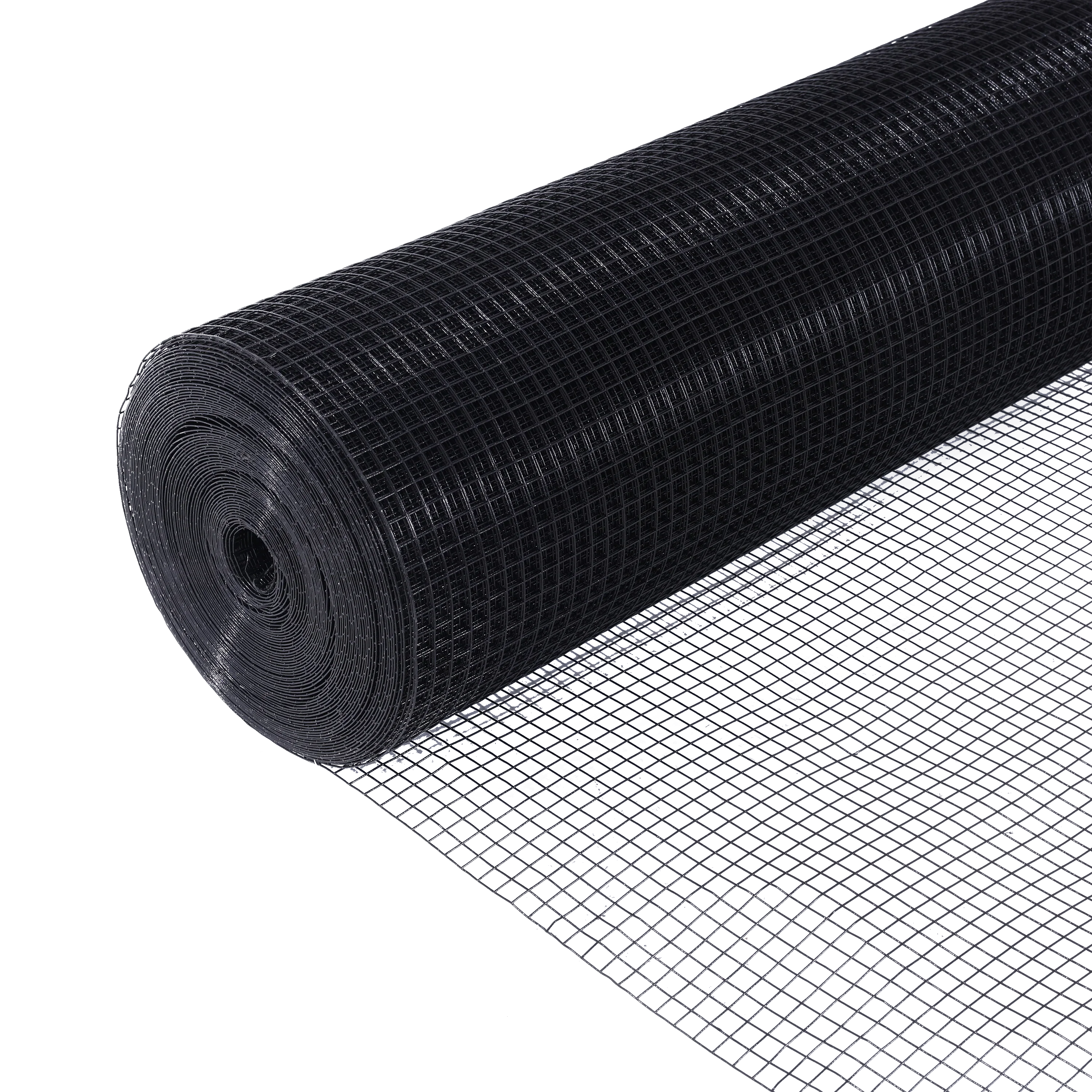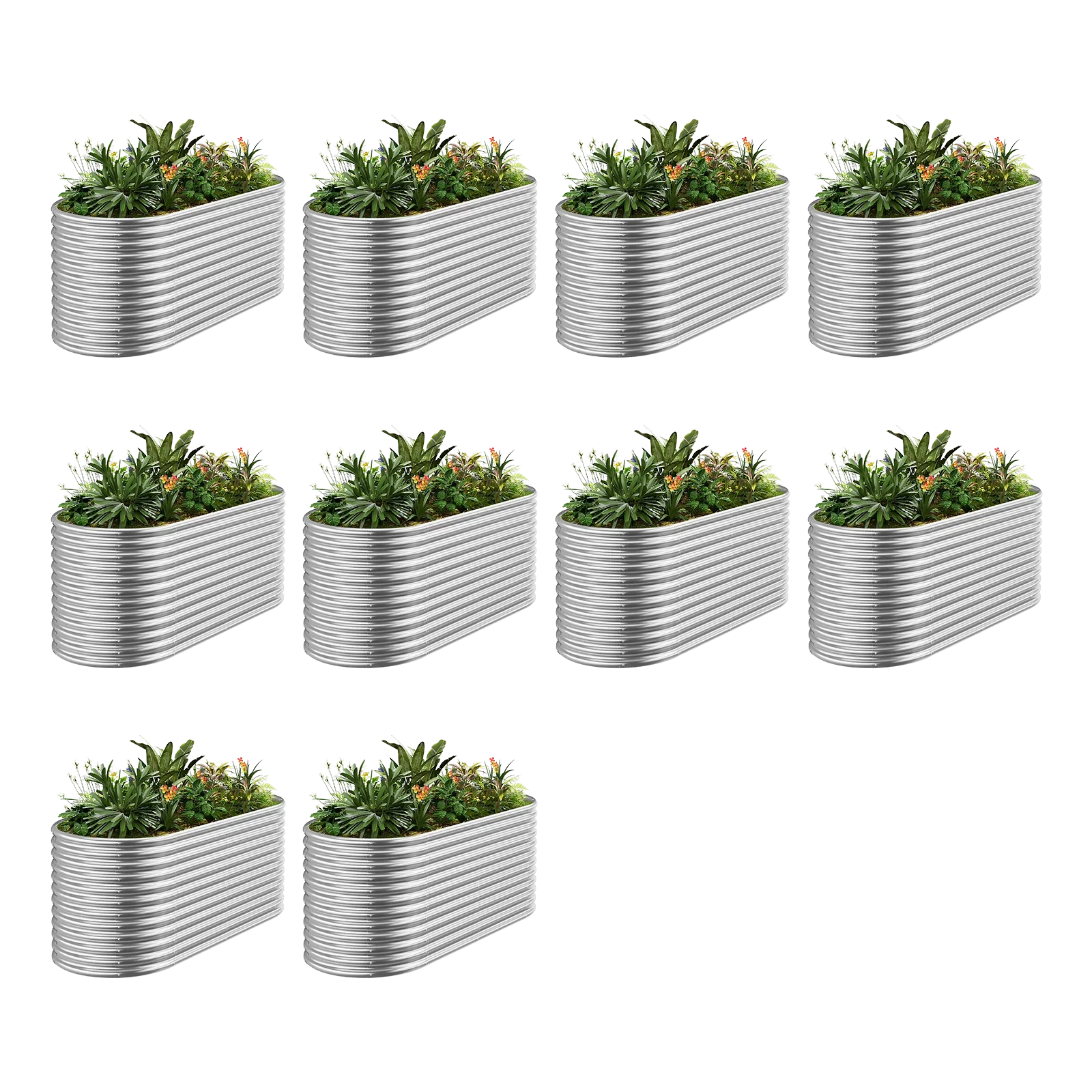Roses, with their stunning beauty and captivating fragrance, are a favorite among gardeners across the U.S. Imagine a garden bursting with blooming roses—a sight that’s both enchanting and rewarding. The secret to achieving this floral abundance? Pruning. Done right, pruning can transform your roses into prolific bloomers, especially when grown in raised garden beds like our rectangular, oval, or galvanized options. In this guide, we’ll uncover practical tips to help you prune roses effectively, ensuring more flowers and healthier plants. Let’s dive in!

Preparation: Know Your Roses and Tools
Before you start snipping, preparation is key. First, understand your rose variety—different types have unique blooming habits. For instance, floribunda roses produce dense clusters of flowers and benefit from pruning that enhances airflow and encourages side shoots. Hybrid tea roses, known for their large blooms, require pruning that preserves main stems to support nutrient flow for bigger flowers. Next, gather the right tools: sharp pruning shears, a gardening saw, and gloves. Quality tools make pruning smoother, and disinfecting them with alcohol beforehand prevents disease spread—a must for healthy roses in any garden bed.
Pruning at the Right Time
Timing your cuts is critical for maximizing blooms:
· Winter Dormancy (Late February-March): This is prime time for a major prune in most U.S. climates. Focus on shaping the plant and removing dead, diseased, or crossing branches. Keep 3-5 strong main stems to channel energy into new spring growth.
· Spring Budding (March-April): As buds emerge, thin out crowded or poorly placed ones. This prevents nutrient competition, setting the stage for robust blooms.
· Post-Bloom: After flowers fade, deadhead promptly. Cut just above the first set of five leaflets to stop energy waste and encourage repeat blooming—especially vital for multi-flowering varieties.
Adjust based on your rose type and local weather—avoid pruning during summer heat or active blooming phases to keep plants thriving.
Pruning Techniques for More Flowers
Mastering pruning methods can dramatically boost your rose’s flower count:
· Shortening Cuts:
o Light Cut: Trim the top 1/3 of young branches to stimulate growth in new plants.
o Medium Cut: Snip at the midpoint of mature stems to balance growth and blooming.
o Heavy Cut: Cut back to the bottom 1/3 of old branches for rejuvenation.
· Thinning: Remove overcrowded inner branches or overly vigorous shoots to improve light and air circulation—crucial for roses in compact garden beds.
· Retrenching: Trim back a portion of older, woody stems to revive aging plants and encourage fresh growth.
For all cuts, aim for a clean, 45-degree angle ¼ inch above an outward-facing bud to promote an open, bloom-friendly shape.
Post-Pruning Care for Optimal Results
Pruning sets the stage, but care seals the deal:
· Fertilizing: Apply nitrogen fertilizer a week after pruning to aid recovery, followed by phosphorus-potassium blends monthly to boost flower buds.
· Wound Protection: Seal cuts with a healing agent or fungicide like sulfur to prevent infections—a step that’s easy in raised beds with good access.
· Watering: Keep soil consistently moist (not soggy) to help roses rebound, leveraging the superior drainage of galvanized garden beds.
· Pest Prevention: Spray with fungicides or insecticides regularly, as freshly pruned roses are vulnerable to pests—especially in humid U.S. regions.
With these steps, your roses will recover fast and reward you with abundant blooms.
Avoid Common Pruning Mistakes
Even seasoned gardeners can slip up. Here’s what to watch out for:
· Over-Pruning: Cutting too much weakens plants, reducing blooms. Tailor the intensity to your rose’s health—less is more for struggling plants.
· Wrong Timing: Pruning in summer heat or during flowering disrupts growth. Stick to dormancy or post-bloom periods.
· Poor Technique: Jagged cuts or stubs hinder healing. Use sharp tools and cut smoothly at a 45-degree angle for best results.
Avoid these pitfalls, and your roses will thrive in any rectangular or oval garden bed.
Why Garden Beds Elevate Your Roses
Pairing expert pruning with the right growing setup amplifies success. Our raised garden beds—rectangular, oval, and galvanized—offer U.S. gardeners unmatched benefits: superior drainage prevents root rot, customizable soil mixes nurture roses, and elevated designs make pruning a breeze. Durable galvanized beds withstand harsh weather, ensuring your roses bloom season after season.






